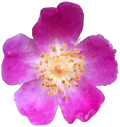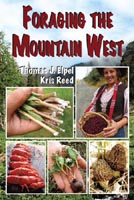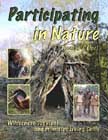| Thomas J. Elpel's Web World Portal  Wildflowers & Weeds 
|  Wildflowers-and-Weeds.com Plant Identification, Edible Plants, Weed Ecology, Mushrooms, and more. Home | Plant Identification | Plant Families Gallery | Edible Plants | Mushrooms | Links Desertification & Weed Ecology | Weed Profiles | E-Mail | Search this Site |
|
Iridaceae Stop and look closely at an iris or gladiolus the next time you come across one in a yard, a bouquet, or at the florist. Members of this family produce regular, bisexual flowers with parts in multiples of three. There are 3 sepals, colored to look like petals, and 3 true petals, plus 3 stamens. The ovary is positioned inferior and consists of 3 united carpels with the partition walls usually present, forming an equal number of chambers. It matures as a capsule containing many seeds. Key Words: "Lily-like flowers with leaves in a flat plane." Please e-mail Thomas J. Elpel to report mistakes or to inquire about purchasing high resolution photos of these plants.
There are more
Return to the Plant Families Index |
|
Looking for life-changing resources? Check out these books by Thomas J. Elpel:
|
|
|

















